Ambulances must be equipped with cameras to monitor drivers.
According to the investigation of Giao thong Newspaper reporters, the Law on Road Traffic Order and Safety (TTATGT) stipulates the conditions for vehicles participating in road traffic, with the following content: Automobiles engaged in transport business must be equipped with journey monitoring devices. Automobiles carrying 8 or more people (excluding the driver's seat) engaged in transport business, tractor-trailers, and ambulances must be equipped with journey monitoring devices and devices to record the driver's image.
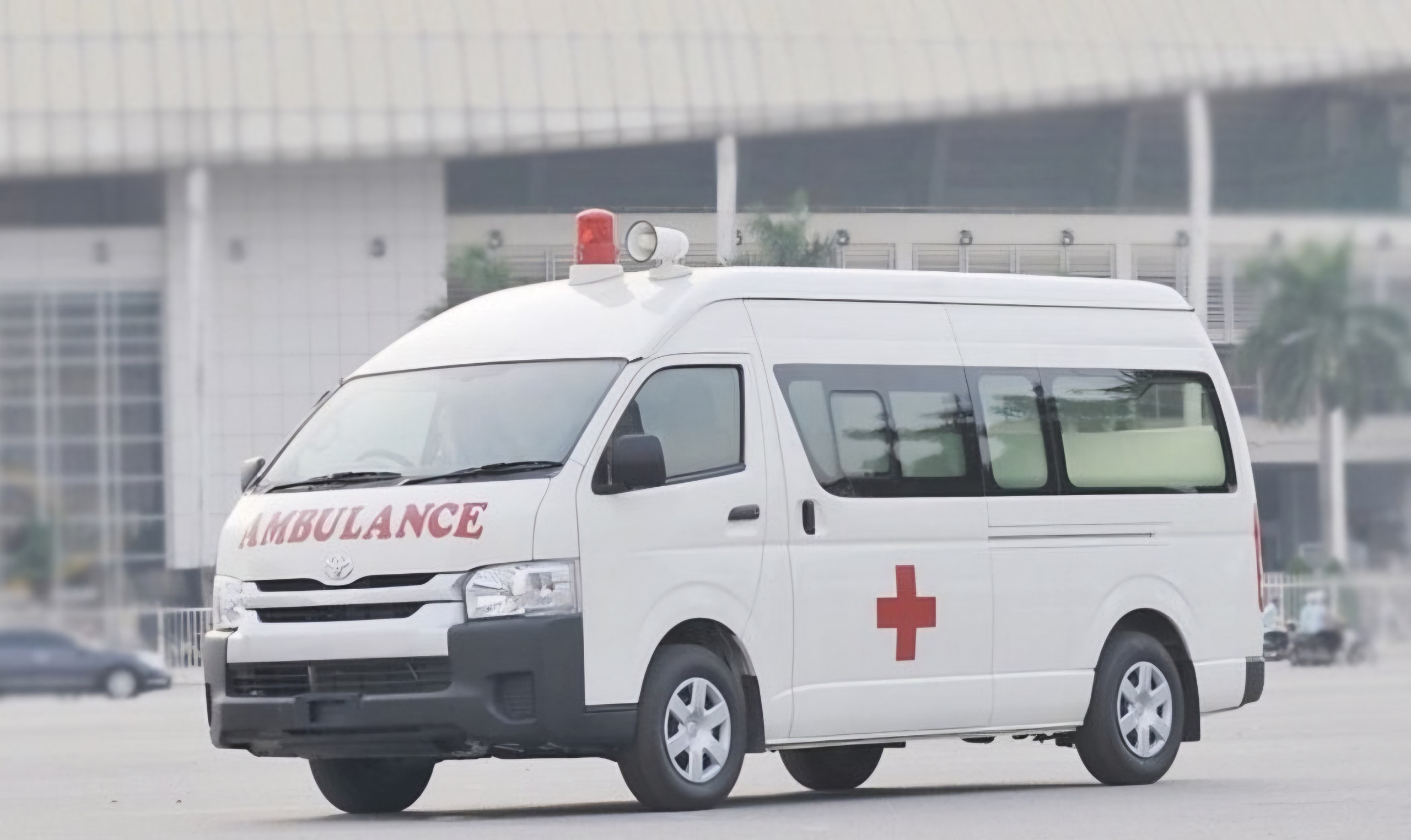
From January 1, 2025, ambulances must be equipped with journey monitoring devices and cameras to monitor the driver's image (illustrative photo).
Thus, compared to current regulations, the regulation on vehicle types that must be equipped with journey monitoring devices and driver image recording devices has added an additional type of vehicle, ambulance.
This is also consistent with the regulations on patient transport by ambulance in the Road Law 2024 (effective from January 1, 2025).
Accordingly, the regulation on patient transportation service is the use of ambulances with specialized medical equipment by organizations and individuals to transport emergency patients or patients.
At the same time, ambulances transporting patients must meet the following conditions: must have identification signs, post information, install journey monitoring devices, data collection devices, driver images, data, images to ensure journey safety according to regulations.
According to experts, the above regulation is appropriate to more closely manage the transportation of patients by ambulance because currently private transport companies participate quite a lot in this service.
From there, it contributes to ensuring safety (including traffic safety) for patients being transported because in reality, in recent times, the situation of unlicensed ambulances transporting patients has been rampant in many localities, posing many potential risks to service users and emergency patients.
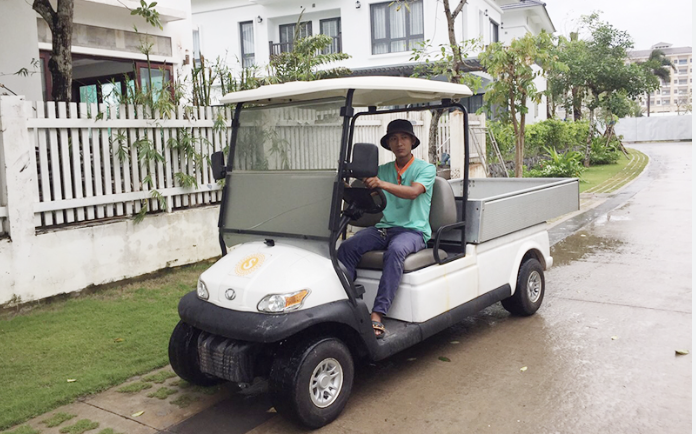
Four-wheeled motor vehicles are permitted to carry a maximum of five people, excluding the driver (illustrative photo).
New regulations on four-wheeled motor vehicles
Compared to current regulations, the Road Traffic Safety Law also has a new point in the definition of four-wheeled cargo vehicles when it stipulates the maximum number of passengers on the vehicle.
Specifically, a four-wheeled motor vehicle is a vehicle with four or more wheels, powered by an engine, designed and manufactured to operate on roads, structured to carry goods, with the engine and cargo box mounted on the same chassis, with a maximum of two rows of seats and carrying a maximum of 05 people (excluding the driver), a design speed not greater than 60 km/h and a curb weight not greater than 550 kg; in the case of a vehicle using an electric motor, the engine capacity is not greater than 15 kW.
In which, a four-wheeled motor vehicle is a vehicle with four or more wheels, powered by an engine, designed and manufactured to operate on roads, structured to carry people, with a design speed not exceeding 30 km/h, and a maximum permitted number of 15 people (excluding the driver).
The Law on Road Traffic Safety also stipulates that four-wheeled motor vehicles transporting passengers and goods must be granted a vehicle registration certificate and have a license plate, ensuring technical safety and environmental protection according to the provisions of law.
Vehicles must post the name and phone number of the organization or individual doing the transport business; post the transport fare for passenger transport; ensure the correct time and scope of operation.
In addition, the Provincial People's Committee shall regulate the scope of operation of four-wheeled motorized cargo vehicles and four-wheeled motorized passenger vehicles in the locality.
When operating in urban areas, passenger vehicles and four-wheeled motor vehicles must comply with regulations ensuring order and road traffic safety for road vehicles in urban areas.
Specifically, four-wheeled passenger vehicles must operate on the correct route, schedule, and permitted operating time, and must stop and park in the correct place; cargo vehicles must operate on the correct route, within the specified range, and during the specified time for each type of vehicle.
Source: https://www.baogiaothong.vn/xe-o-to-nao-se-phai-lap-camera-giam-sat-nguoi-lai-19224070717222098.htm









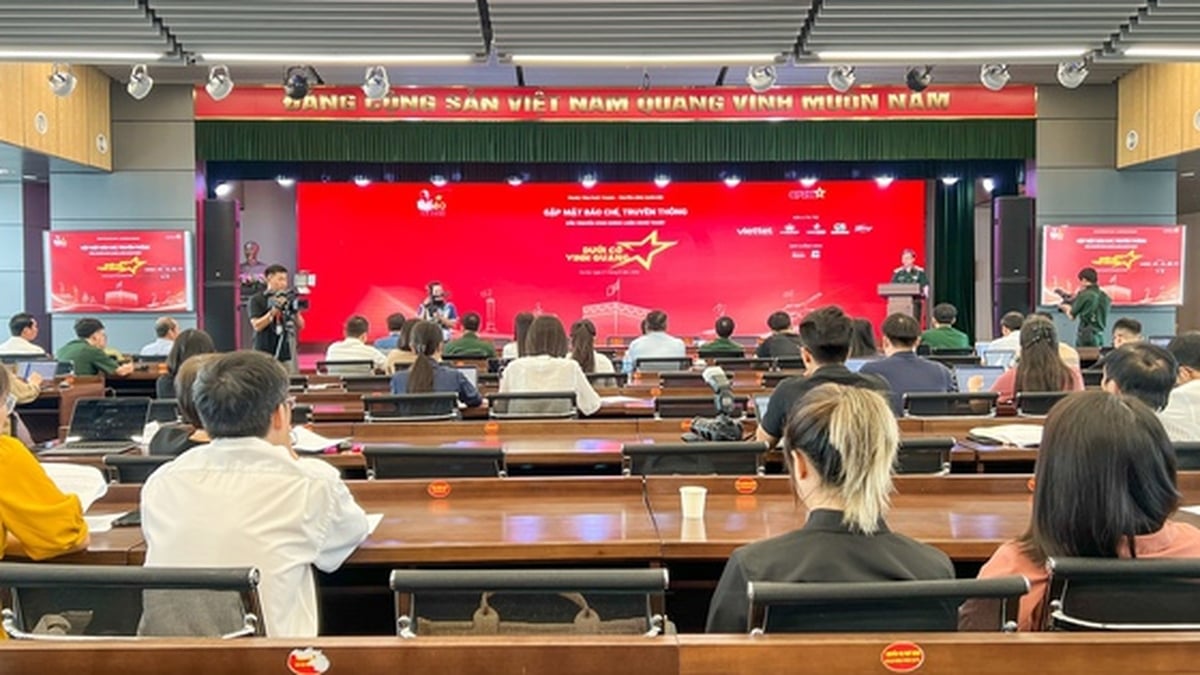



























































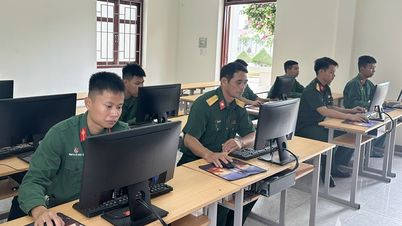




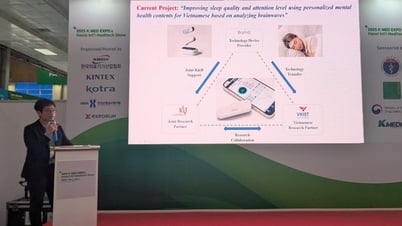
























Comment (0)